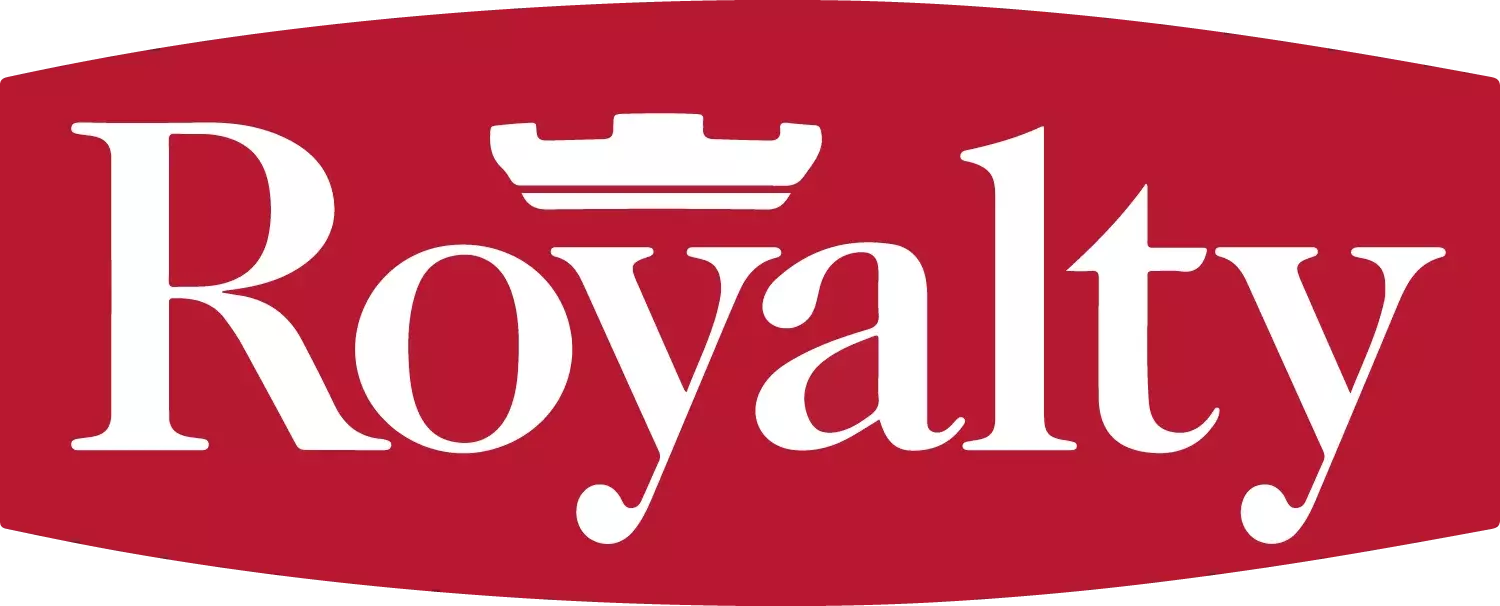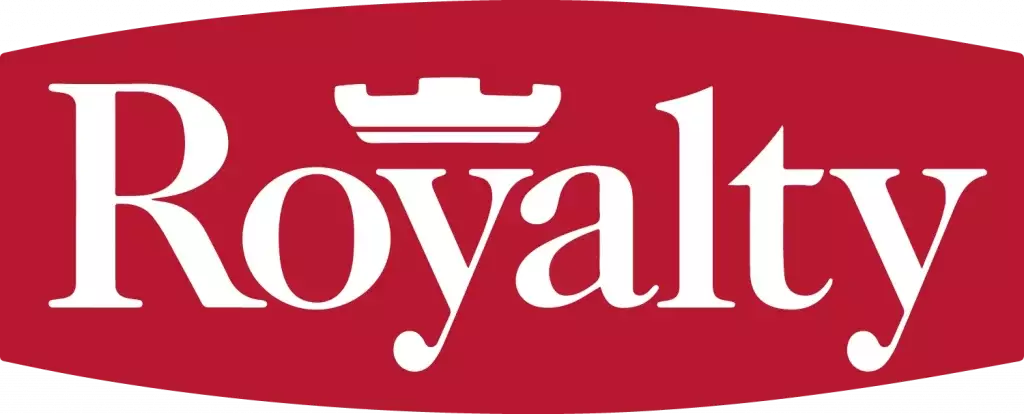Winter Roofing Checklist

Fall recently started but preparing for the upcoming winter should be on your mind, especially when it comes to your roof. It is easier to notice and correct any roof damage in the fall rather than in the winter. Roofing in winter months has more risk accompanying it as opposed to roofing in other months. An experienced contractor will know what precautions to take and what daily weather conditions are acceptable, but as the saying goes, an ounce of prevention is worth a pound of the cure.
Clean the Roof
A good way to avoid more damage in winter months is to make sure your roof is clean. This does not mean you need to get up on the roof and sweep. It does mean that you should clean the gutters and trim nearby trees that could have branches fall on the roof. If you have neglected to take the preventative measures, it may be wise to hire a professional to clean your roof. After you have a clean roof, it will be easier to spot any damage and is a good time to have an inspection done by roofing professionals to avoid winter roofing jobs.

Check and Repair
When you get an inspection, a roofing expert will be able to tell you want kind of damage you have if any. Roof flashings are common areas where things can go wrong because it is another seam where water can enter. Shingles should also be examined for any damage. This includes missing, buckling, rotted, curled or even blistered shingles just to name a few. Even the smallest issues can become big and more expensive issues with winter when failing to prepare with a winter roofing checklist. If a repair that is needed in the fall is left unattended, it can turn into a roof replacement needed in the spring because of the winter weather.
Inspect Attic and Install Insulation/Ventilation
To finish up the winter roofing checklist, the attic should be inspected prior to winter. If there is not the proper insulation, your building will lose heat in the winter months. Without good insulation, the bill for the heat will increase in the winter months. This can lead to ice dams since the heat will escape to the attic and heat up the roof. The snow will melt on top and as it trickles down the roof it will refreeze. This is because the roof gets colder further down the slope. This is where proper ventilation comes in handy since it allows heat to escape in a certain pattern that will not cause ice to dam. Fall months are a good time to replace bad insulation and ventilation.

It is easier and safer to make repairs or a replacement in the fall. When winter arrives, it is very unsafe to get on the roof yourself. Instead have a professional come out to examine your roof in a safe manner. To avoid having roofing done in the winter, set up your inspection today with Royalty. Give us a call at 800-303-8392.
Contact Us
